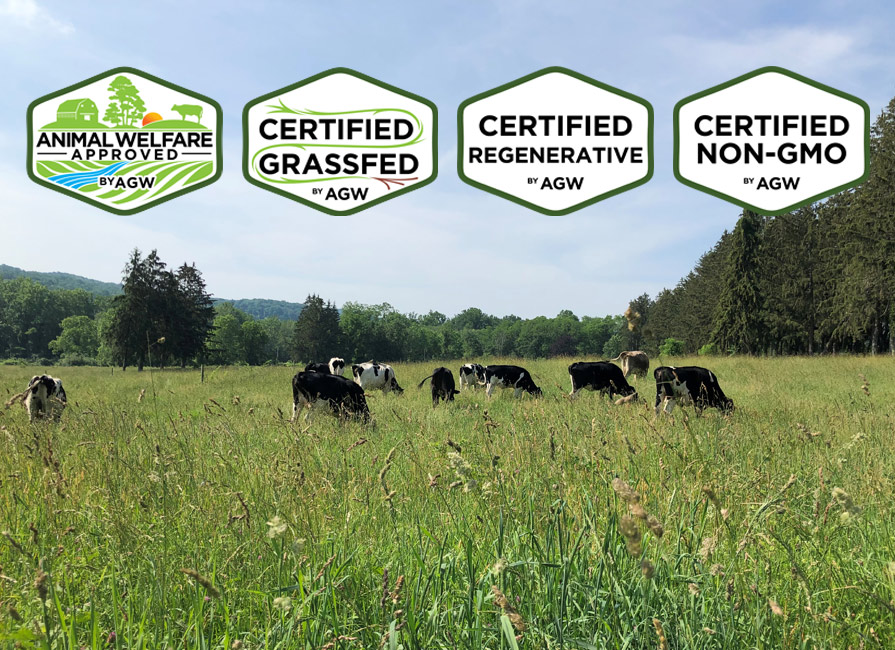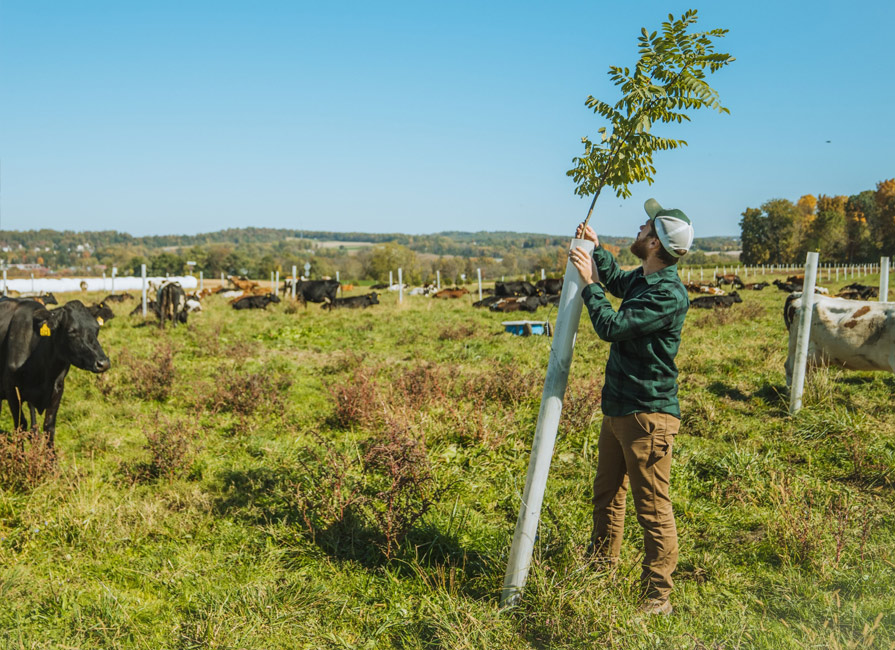Zach and Christina Menchini own Campfire Farms, 30 acres of pasture and woodland near Mulino…

Transparency on GMO
More than half of U.S. consumers (55%) look for food and beverages that are non-GMO certified, according to The Hartman Group, a leading international food and beverage market research company.
Whether their motivations include environmental sustainability, health, concerns about corporate control, and/or greater transparency in food production, today’s consumers are looking for clear, meaningful product labels that indicate whether food products contain any genetically modified organism (GMO) ingredients, if food was produced by animals fed GMO feeds, or even if food ingredients came from GMO animals.
With a mandatory compliance deadline of January 1, 2022, the U.S. Department of Agri-culture’s (USDA) National Bioengineered Food Disclosure Standard now requires the labeling of all foods that are genetically modified or contain GMO ingredients. This required U.S. food manufacturers, importers, and certain retailers to disclose the presence of GMOs in foods through several options: text, symbols, electronic or digital link (like a QR Code), and/or text message.
In September 2022, however, the U.S. District Court for the Northern District of California declared that the USDA acted unlawfully in allowing food retailers to label GMO foods using only a QR code, on the basis that it was not sufficiently accessible. This was the result of a lawsuit against USDA by a coalition of nonprofits, including Center for Food Safety, Natural Grocers and Puget Consumers Co-op, which contended that reliance on QR codes was discriminatory, particularly for low-income, rural, and elderly Americans who are most likely to encounter technological challenges in receiving information from a QR code.
The USDA is expected to revise the rule in keeping with the court ruling.
In a world where transparent labels are hard to come by, we’re glad to see progress toward more effective labeling. Standalone QR codes are not sufficient methods of conveying important ingredient information. They can be small, easily overlooked, confusing and hard to use for consumers who do not have a smartphone or lack a reliable internet connection. Product labels should provide clear information about GMOs, formatted in a way that is accessible and easy to understand, so consumers can make an informed choice.
One meaningful way for consumers to identify non-GMO foods (and for food producers to communicate with their customers) is through a trusted third-party certification, such as Certified Non-GMO by AGW. Certified Non-GMO by AGW is the logo of choice if you’re looking for foods produced without GMOs, and also want to support independent farms, environmental stewardship and high-welfare treatment of farm animals.
For more information about Certified Non-GMO by AGW, visit agreenerworld.org/certifications/certified-nongmo-agw
Author: Katie Amos is AGW’s Communications and Outreach Manager
Originally published in the Spring 2023 issue of AGW’s Sustainable Farming magazine.



